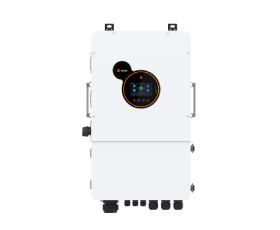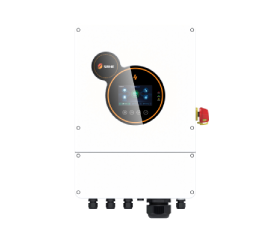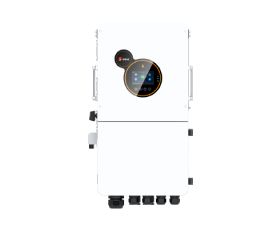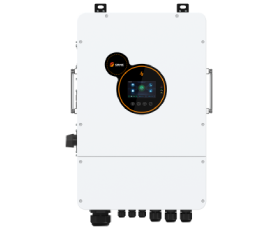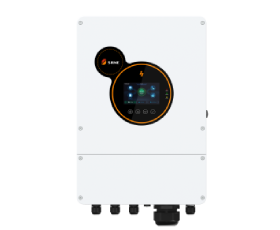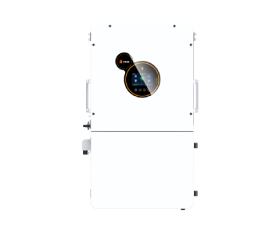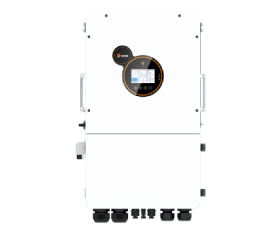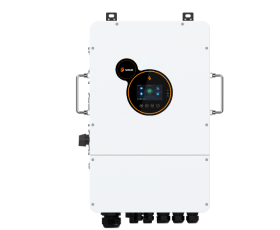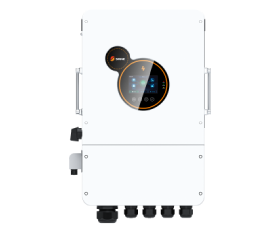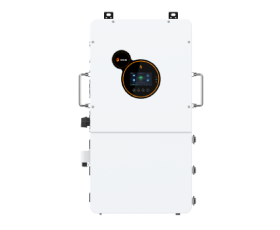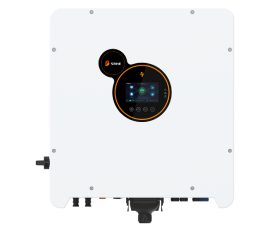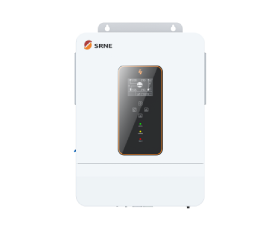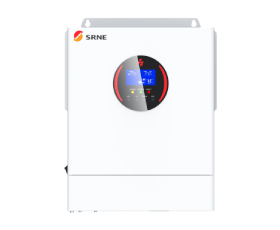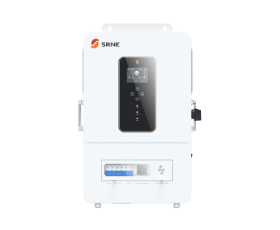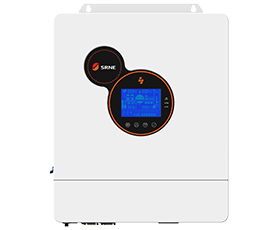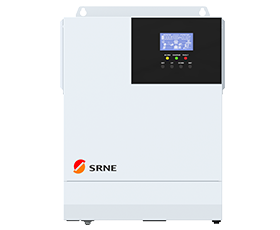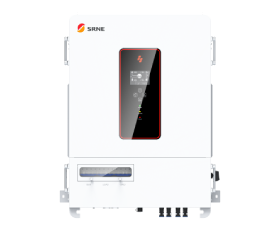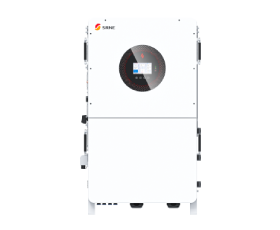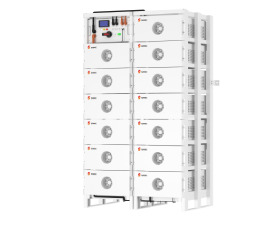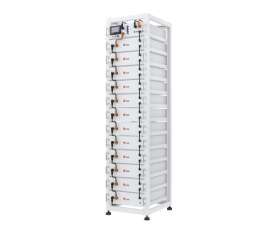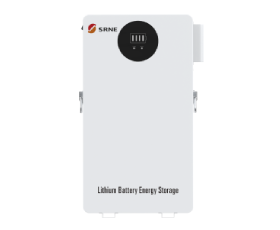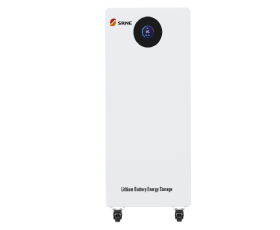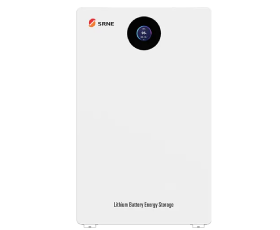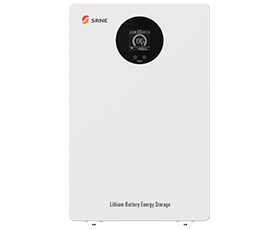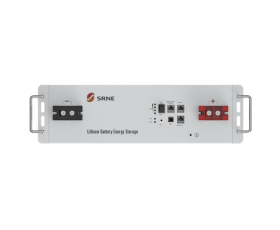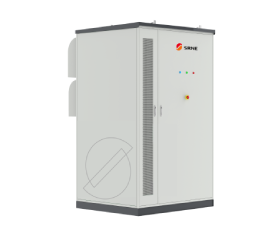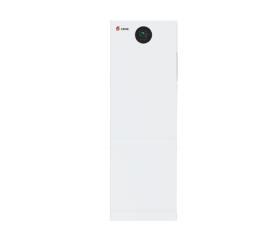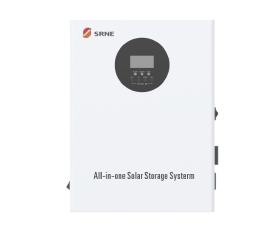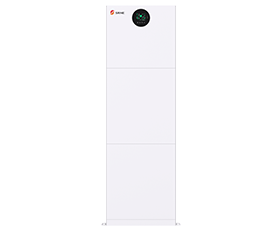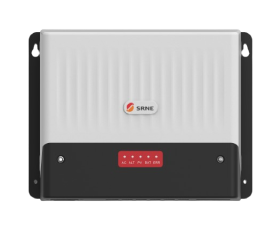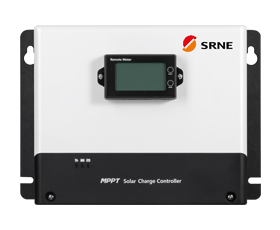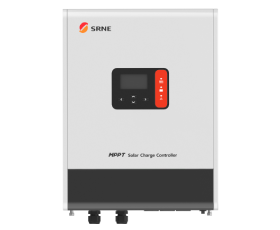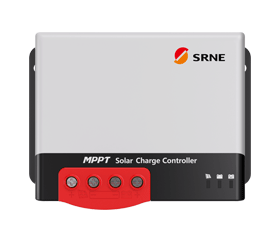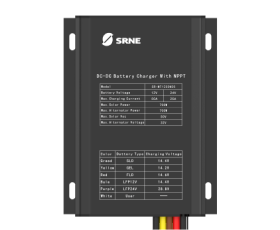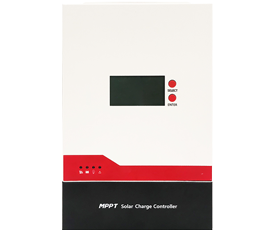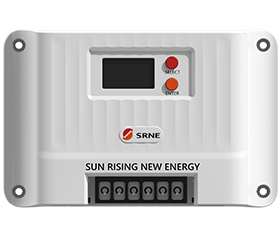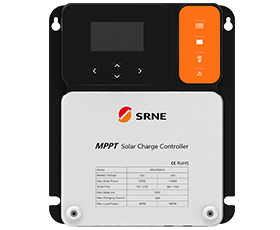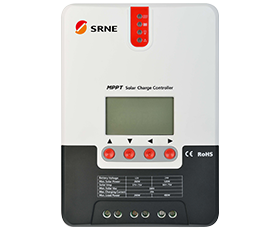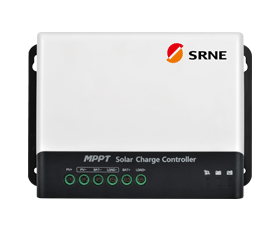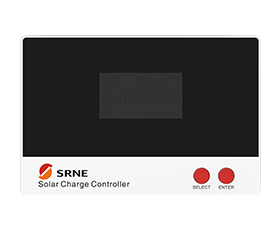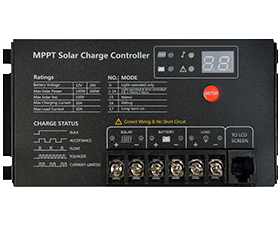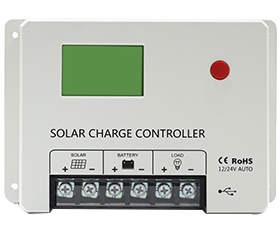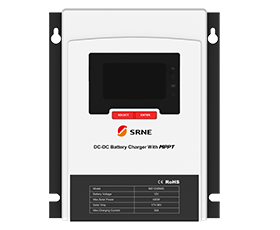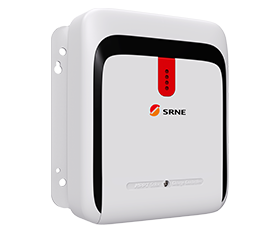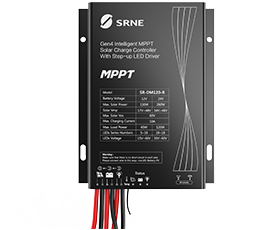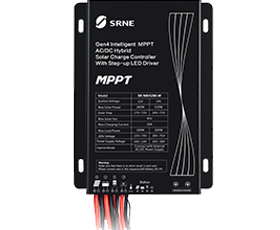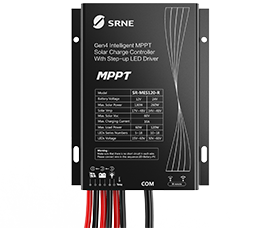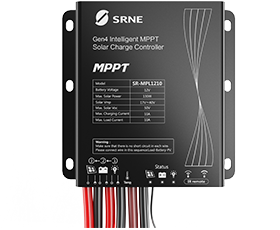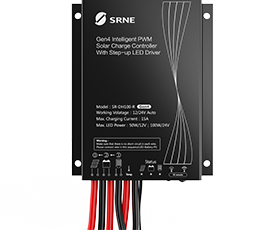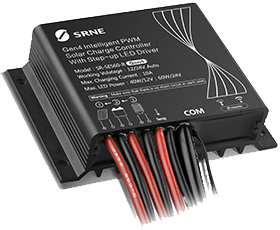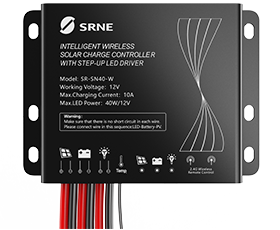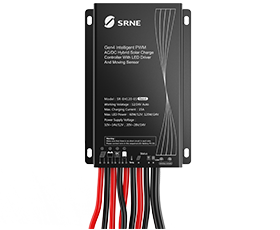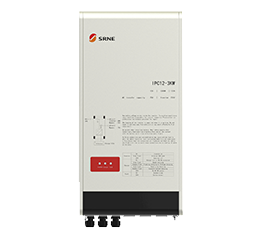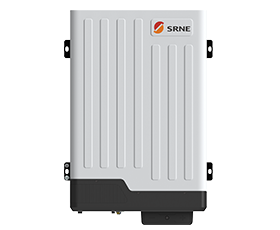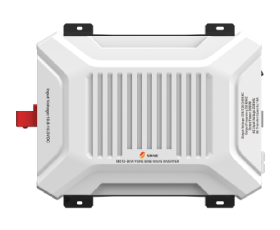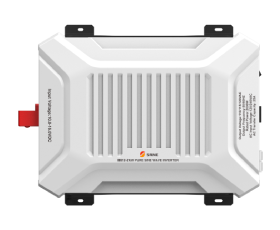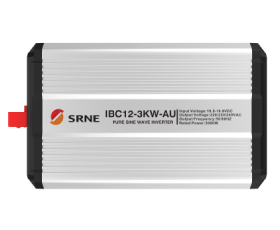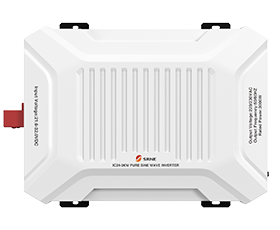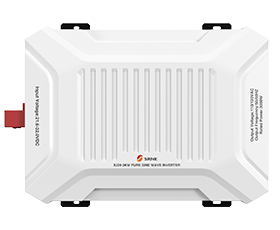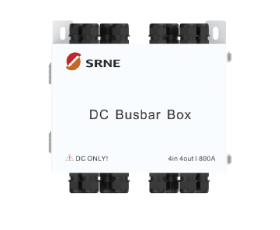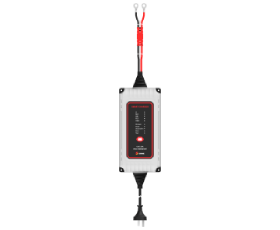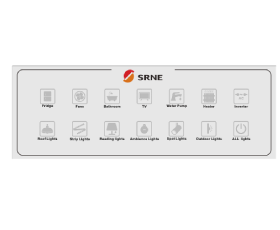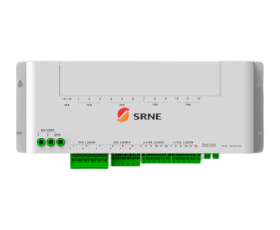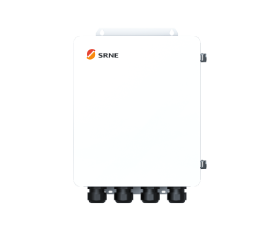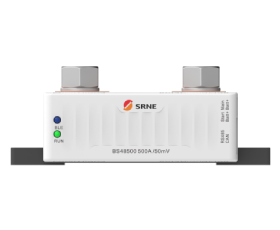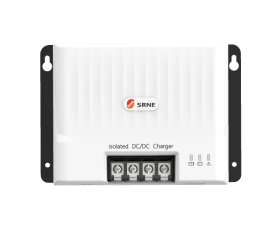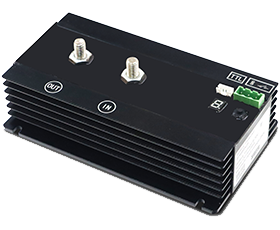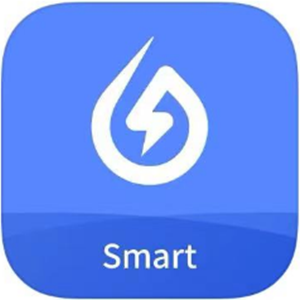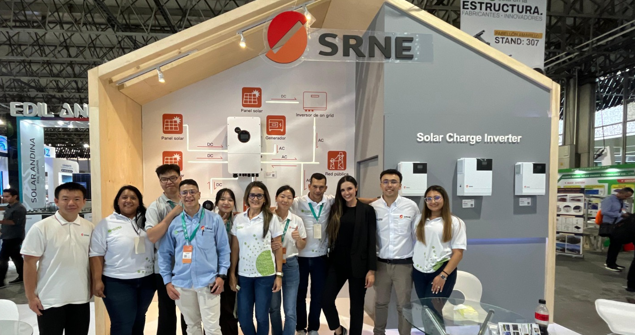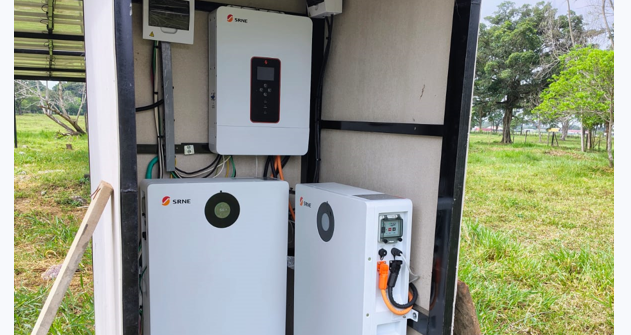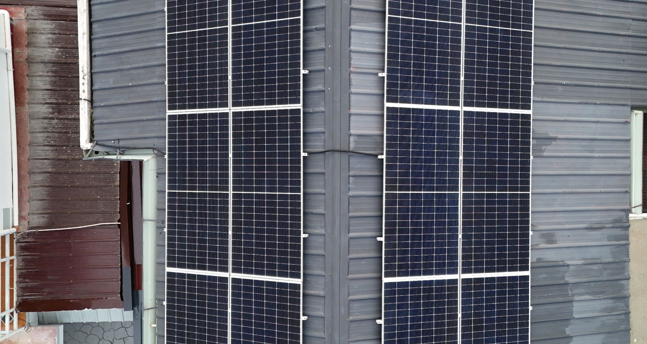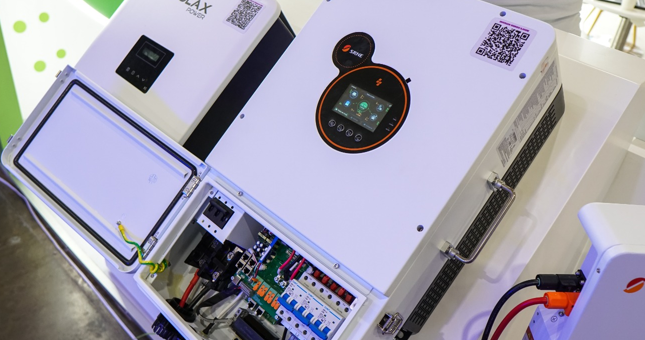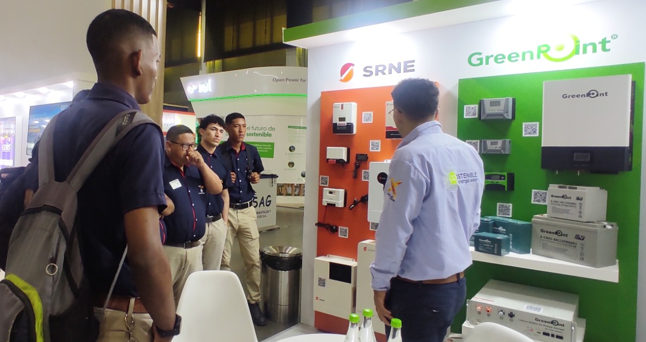What Size Solar System Do I Need To Run Off Grid?
As more homeowners seek sustainable and cost-effective energy solutions, off-grid solar systems have become a popular choice. Whether you're building a home in a remote location or aiming for energy independence, properly sizing and setting up an off-grid solar system is essential.
This guide walks you through the key considerations—from accurately calculating your energy needs to choosing the right off grid inverter and planning for future growth. By understanding the components and how they work together, you'll be equipped to design an efficient, reliable off-grid system that meets your energy demands now and in the years to come.
Sizing Your Off Grid System
Accurately Calculate Your Off-Grid Energy Consumption
To properly size your off-grid system, it’s essential to first understand your household’s daily energy usage. You can refer to your monthly utility bill by dividing the total kWh by 30 days, or use an energy monitor to track real-time consumption. High-power appliances such as air conditioners, water heaters, and heating systems consume significant amounts of energy, which directly influences the capacity of your off-grid inverter. By creating a detailed list of appliances, including each device’s power rating and daily usage duration, you can more accurately estimate your energy needs and make informed decisions about your off-grid inverter's required power capacity.
How Peak Sun Hours Impact Off-Grid Solar Power
The number of solar panels and the power capacity of your off grid inverter are greatly affected by your location's solar conditions. "Peak sun hours" indicate the hours when solar radiation reaches 1000W/m², signaling the optimal conditions for solar generation. For example, Arizona experiences about 6 peak sun hours per day, while Washington State only averages 3. To generate the same energy, you'll need more solar panels in Washington, and your off-grid inverter must have a higher DC input capacity and conversion efficiency to handle these conditions. It’s useful to refer to resources like NASA or NREL for accurate data to help plan your off-grid system effectively.
Planning for Future Off Grid Energy Demands
As you design your off grid system, it’s important to anticipate increases in electricity demand over the next 5-10 years. If you’re considering purchasing an electric vehicle, adding new appliances, or expanding your home, it's wise to increase your system size by 15-20% to accommodate future energy needs. While this may increase the initial cost, it’s a more cost-effective approach than having to upgrade your off-grid inverter later. This strategy ensures your system can handle future growth without the need for expensive upgrades, securing long-term reliability and stability in your off-grid power supply.
Choosing the Right Off Grid Soalr Inverter Size for Your Home
For typical households, here are some general system size guidelines: small energy-efficient homes typically need a 2.2kW-4.4kW system, paired with a suitable off grid solar inverter. A standard three-bedroom home would likely require a 4.4kW system, while larger homes with high-energy demands, such as those with central air conditioning, may require 10kW or more. These estimates can vary depending on personal energy consumption patterns. Seasonal variations and lifestyle preferences also play a role in determining the ideal off-grid inverter capacity and solar panel setup.
Curious if an off-grid inverter can work without a battery? Find out here!
https://www.srnesolar.com/articledetail/can-off-grid-inverter-work-without-battery.html
If you're unsure about the exact requirements for your home, don't hesitate to reach out to a professional for tailored advice on optimizing your off-grid solar system.
Off-Grid System Example: 2000 Sq Ft Home Setup
For a 2000-square-foot home (around 186 square meters), you’ll likely need 15-20 400W solar panels along with a 6-8kW off grid solar inverter. If your monthly electricity consumption is 1000kWh (about 33kWh per day), you would need at least 17 solar panels and 3 or more storage batteries to meet your energy needs. While this configuration provides a good starting point, consulting with a professional for a tailored evaluation is highly recommended to ensure your off-grid inverter and battery system are well-matched to your specific consumption patterns.
Key Components of an Off-Grid System
Off-Grid Inverter: The Heart of Your Solar System
The inverters for off grid play a crucial role in your solar system, converting DC electricity from the solar panels into AC power for use in your home. When choosing an off-grid inverter, you must consider both its rated power and surge power capacity. Many appliances, such as air conditioners and pumps, can require 3-5 times their normal running power at startup. Therefore, selecting an off grid inverter with a rated power 30% higher than your daily peak usage ensures smooth operation, especially when multiple devices are starting up at once.
Off-Grid Battery Storage: Ensuring Power Availability
Battery storage is key to ensuring that your off-grid system can provide electricity during periods without sunlight. The required storage capacity depends on how many "autonomous days" (typically 3-5 days) you want to be covered. Your battery system should be compatible with your off-grid inverter to ensure efficient energy management during charging and discharging cycles. Lithium-ion batteries, known for their high efficiency and long lifespan, are ideal for modern off-grid setups, providing reliable and effective storage.
Charge Controller: Optimizing Off-Grid System Efficiency
The charge controller, which connects the solar panels to the battery storage, regulates the energy flow and works alongside the inverters for off grid to maintain safe and efficient operation. MPPT (Maximum Power Point Tracking) charge controllers are more efficient than PWM (Pulse Width Modulation) controllers, boosting energy production by 20-30%. Although MPPT controllers are more expensive, they provide a substantial increase in system efficiency, making them a valuable investment for anyone seeking the highest performance from their off-grid solar system.
Off Grid System Cost Breakdown
Cost Distribution Across Off-Grid System Components
Typically, the off grid solar inverter makes up about 15-20% of the total system cost. Other components include solar panels (around 40%), batteries (35%), and installation costs (10%). A 300W solar panel can range from $210 to $450, while a high-quality off-grid inverter may cost anywhere from $1000 to $5000, depending on its power capacity and features. Understanding this breakdown will help you allocate your budget efficiently, ensuring long-term reliability and performance.
Evaluating the Return on Investment (ROI) for Your Off-Grid System
While the initial investment for an off-grid system may seem high, the savings on electricity bills make it a financially worthwhile investment. The typical payback period for an off-grid system is between 6-10 years, after which you will enjoy free electricity. Since off-grid inverters typically last 10-15 years and batteries need replacement every 5-10 years, it’s crucial to plan for these factors when designing your system. By investing in a high-quality, efficient inverters for off grid, you can ensure your system continues to provide stable, reliable power for many years to come, maximizing the long-term benefits of going off-grid.
Read more
https://www.srnesolar.com/articledetail/off-grid-inverter-lifespan.html
https://www.srnesolar.com/articledetail/why-is-my-off-grid-inverter-working-better-at-night.html
Conclusion
Designing and installing an off-grid solar system requires careful planning and an understanding of your energy needs, local solar conditions, and future demands. Choosing the right components—such as the off-grid inverter, battery storage, and charge controller—is essential for ensuring efficiency and reliability.




















